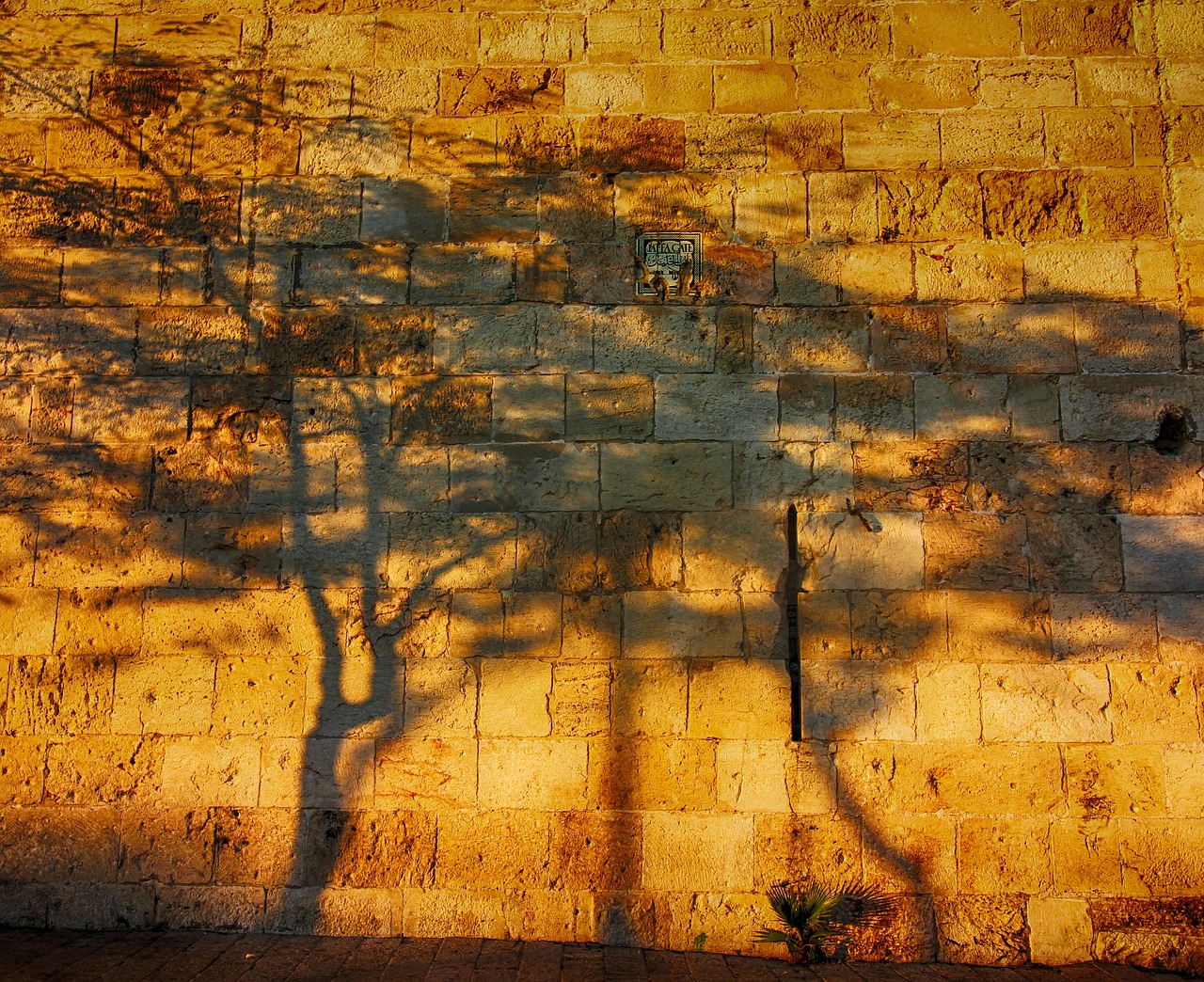As it’s been a year since I separated from my husband, and the divorce was finalized two months ago (get still pending), I was feeling the need to ritualize the ending of the marriage in order to be able to move forward—much like placing the gravestone on a grave. I wanted the ceremony to involve Jewish elements, as well as blessings from my girlfriends for a strong new beginning.
I invited six friends, and we sat in a circle of chairs outside, surrounded by vases of flowers. I began by sharing photos of my wedding day. I then updated my friends on the current relationship between my ex and myself. Next, I read the Hazi Kaddish, to symbolize the separation between my married and unmarried states. It also evoked saying the kaddish for my marriage. Along the same lines of symbolizing separation between two phases, I then lit a havdalah candle. I proceeded to use it to burn a corner of my ketubah. Finally, I smashed a glass. In contradistinction to the glass smashed at my marriage ceremony, this smashed glass symbolized the brokenness of the relationship and my intention to gather up my broken pieces and begin anew. I ended by ritualistically rinsing my feet and reading Naomi Levy’s “A Prayer for Healing from the Pain of Divorce” and “A Prayer for Wisdom for Divorced Parents” from her book, Talking to God.
My friends then offered blessings, ranging from the profane (“A wise woman once said, ‘Fuck this shit’ and lived happily ever after”) to the sacred (The poem “Transplanted,” by Rabbi Rachel Berenblat). We ended by dancing to Reb Gloria Gaynor’s “I Will Survive” and chanting the Hashkiveinu prayer.












